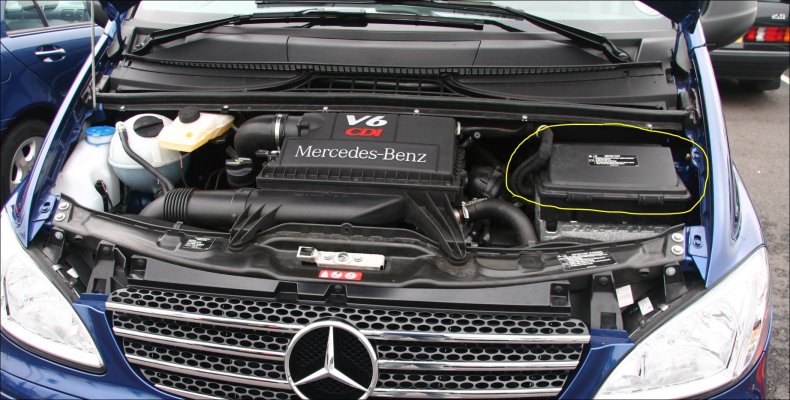ptruman
Active Member
My W212 E Class battery is due to get swapped on Weds, as it's been having issues starting recently, and getting worse (esp this w/e)
As I'm not driving today/tomorrow - sods law says it won't start when I'm due to take it to get it swapped.
I'm assuming there aren't any issues with my using the wife's '09 A150 to jump it? (other than hooking up, letting the A run for a bit first, as the E is going to require a fair amount to crank...)
As I'm not driving today/tomorrow - sods law says it won't start when I'm due to take it to get it swapped.
I'm assuming there aren't any issues with my using the wife's '09 A150 to jump it? (other than hooking up, letting the A run for a bit first, as the E is going to require a fair amount to crank...)


